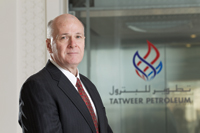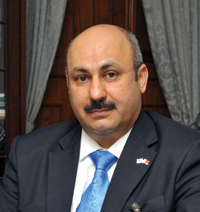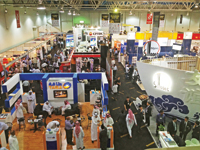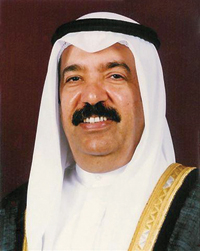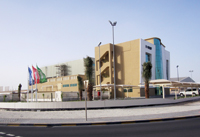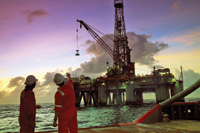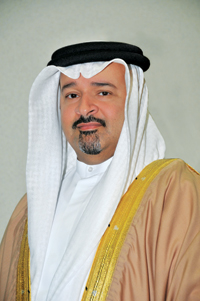
 Sheikh Ahmed ... aggressive new strategies
Sheikh Ahmed ... aggressive new strategies
BAHRAIN is planning to establish the first service company to provide well services to oil and gas companies operating in the kingdom, says Sheikh Ahmed bin Mohammed Al Khalifa, Minister of Finance and Minister in charge of Oil and Gas Affairs, Bahrain.
“Our vision is to then build upon this nucleus to establish an integrated centre for providing oil and gas services on a regional scale,” he says in an exclusive interview with OGN.
Furthermore, Bahrain is planning to expand its refining, petrochemical and gas liquefaction capabilities. These initiatives will be carried out in parallel with the re-development of the Bahrain field’s oil and gas reservoirs so as to further increase daily oil and gas production levels and ultimately, oil and gas reserves, he says.
To a question on the A-B pipeline planned between Bahrain and Saudi Arabia, he says the project is currently in the last stages of completion of its front end engineering design (Feed). This phase will be followed by tendering for engineering, procurement and construction (EPC) in the first quarter of 2013 with mechanical completion scheduled for first quarter of 2016.
“While the normal operating capacity of the new pipeline will be 350,000 barrels per day (bpd), it will have the capability to be operated at up to 400,000 bpd, but in the interim period, between pipeline commissioning and the commissioning of the newly renovated and expanded refinery, the new pipeline will operate at 230,000 bpd, similar to our current refinery capacity,” he says.
The Bapco Modernisation Programme (BMP) is intended to maximise the utilisation of this key infrastructure project which is one of the largest ever of its kind for Bahrain.
 |
|
Bapco ... modernisation picks up |
On the plans to develop Bahrain as the regional gas hub, Sheikh Ahmed says a joint Noga-nogaholding-Bapco team recommended that a dedicated LNG terminal for the importation of LNG should be constructed in Bahrain. Approval was given to negotiate with selected bidders to commission a build, operate and own (BOO) LNG terminal. The team is also looking at the floating storage and regasification unit (FSRU) concept.
The following are the excerpts from the interview:
What was the purpose and outcome of your recent visit to the US where you met top officials of leading US petroleum companies?
The purpose of the visit was to re-establish face-to-face contact with some leading US international oil companies (IOCs) and to meet some of the top international oil and gas field service providers. The visit was motivated by my belief that the future challenges which the petroleum industry needs to manage can best be addressed by collaboration between the host Governments (represented by national oil companies or authorities), the IOCs and the major oil and gas field service companies. The ability to establish synergic co-operation between these key players will determine, to a large extent, our success in dealing with the oil and gas challenges of the future.
I shared this view with the IOCs and oil and gas field service companies, and had the opportunity to listen to their analysis while reviewing the research work that is currently in progress to provide the industry with better solutions for meeting current and future exploration and production challenges.
Has your team of petroleum experts identified any cutting-edge oil exploration and production technology that could be used for Bahrain’s exploration and production?
In early 2010, after around 80 years of primary production, Bahrain started an exciting project to re-develop the Bahrain oil and gas field. This initiative is being executed jointly with Occidental Petroleum Corporation (Oxy) and Mubadala Development Company to significantly increase the daily production and to enhance the ultimate recovery from the various oil and gas reservoirs in the Bahrain field.
The Master Development Plan (MDP) agreed between Noga and Tatweer Petroleum is being implemented in co-operation with the leading international oil and gas field service companies and includes many projects to test the applicability of cutting edge tertiary oil and gas production techniques.
 |
|
RGDP ... Bahrain’s environment-friendly |
These projects are designed to mobilise the Bahrain field’s heavy oil reservoirs, lower residual oil saturation of the Mauddud gas cap, increase recovery from the field by using a periphery water injection programme and create a better visual representation of the subsurface geology of the producing field and offshore areas.
As every reservoir has its own unique characteristics and challenges, our project team will have to establish and maintain a learning curve that is specific to each project or asset.
Our team had the opportunity to share the preliminary results of the various pilot projects with their counterparts in the IOCs and oil and gas field service companies. These companies in turn shared a number of their research and development projects which may have potential applications for Bahrain.
Noga’s blueprint is to make Bahrain the hub of the region’s energy sector. Could you identify any specific energy-related companies that are planning to set up in the kingdom?
Our aspiration is to make the Kingdom of Bahrain a hub for providing energy related services and training. In addition Bahrain will continue to be a major centre for organising international oil and gas conferences, workshops and specialised oil and gas training courses.
We will capitalise on the experienced Bahraini workforce, the excellent communication network and the well-developed infra-structure in the kingdom. In pursuing our aspiration we will form alliances with reputed international societies such as the Society of Petroleum Engineers (SPE), the American Association of Petroleum Geologists (AAPG), the Society of Petrophysicists and Well Log Analysts (SPWLA), along with others.
Moreover, we will continue to synchronise our efforts with the member states of the Co-operation Council for the Arab States of the Gulf (GCC); co-operate with the leading international service providers in the energy sector; and develop further relations with leading training and academic institutions in the oil and gas sector.
Bahrain is planning to establish the first service company to provide well services to oil and gas companies operating in the kingdom. Our vision is to then build upon this nucleus to establish an integrated centre for providing oil and gas services on a regional scale.
Furthermore, Bahrain is planning to expand its refining, petrochemical and gas liquefaction capabilities. These initiatives will be carried out in parallel with the re-development of the Bahrain field’s oil and gas reservoirs so as to further increase daily oil and gas production levels and ultimately, oil and gas reserves.
Could you outline the progress being made by Occidental in its deep gas exploration programme in the kingdom and could you share any update?
Oxy’s deep gas exploration programme is meeting its agreed exploration schedule. It is important to highlight that meticulous planning is essential to the success of this strategic and important exploration programme. Accordingly:
• All geological, geochemical and geophysical studies were completed to map the deep geological structure and to characterise the various deep potential gas reservoirs in the Bahrain field;
• Oxy has finished the casing design, fracturing programmes of the deep wells, and has arranged for the necessary drilling and completion services by various oil and gas field service providers;
• The long-lead drilling and completion materials have already been ordered; search and tendering for the required high performance rig to be used during the drilling and completion phases is well under way; and environmental impact studies have already been initiated to ensure compliance with the highest national and international standards; and
• The deep exploration wells will need to be designed as high temperature and pressure wells which will require the use of specially designed tools and equipment for logging and stimulating the wells. The first deep gas exploratory well will be spudded during the first quarter of 2014.
What is the supply-demand equation for gas in the kingdom? What are the other measures the kingdom plans to initiate to get more gas supplies?
Natural gas is used to fuel various industries in the kingdom and to generate power and desalinated water to meet Bahrain’s growing demand for electricity and water. Therefore, the significance of natural gas cannot be emphasised enough and its continuous supply is of paramount importance to develop and sustain industrial growth, and to secure the energy needed for maintaining and improving the living standards of Bahrainis.
Securing a long term supply of natural gas is one of the National Oil and Gas Authority’s (Noga) highest priorities. The Bahrain field MDP will provide enough gas supply to meet demand until at least 2024. In addition, Noga has embarked on many other initiatives to augment Bahrain’s current natural gas reserves. These initiatives include:
• Exploring and developing the deep gas resources of the Bahrain field;
• Continuing to explore Bahrain’s offshore areas to discover new conventional and unconventional gas reserves;
• Importing LNG and/or pipeline gas; and
• Implementing further energy conservation programmes to manage the demand side.
There were discussions about an LPG/LNG supply facility being built in Hidd to meet demand. Is that initiative likely to progress in 2013?
Bahrain is working to increase production from existing natural gas deposits and exploring new deep gas deposits to extend its domestic sources of natural gas. In the mid-term, we are looking to add an LNG terminal to ensure an additional source of natural gas. The decisions on when and where to construct an LNG terminal will be made after full consultation and in accordance with the laws of Bahrain.
In view of the increasing demand for gas supplies in the kingdom, do you plan to increase the daily production from existing sources?
As previously stated Noga has agreed an MDP with Tatweer Petroleum for the Bahrain gas field. This strategic plan includes drilling many new wells, installing gas compression and upgrading the gas transmission network. The MDP enables Noga to meet Bahrain’s gas demands until 2024.
What are your plans to keep the Bapco refinery competitive in the coming years? What are the high-value products that you would concentrate on and which low-value products will be eased out?
The primary objective for the Bapco Modernisation Programme (BMP) is to improve competitiveness by selling more valuable and “in demand” products. This strategic programme will produce higher quality products that will remain in demand and improve refining efficiency.
In addition the BMP will improve the refinery’s compliance with the highest international safety and environmental standards. This move towards higher quality products and higher standards will help Bapco stay competitive and enhance its strategic position.
How is the $450-million Bapco/Neste lube base oil plant giving impetus to business investments in Bahrain?
The Bahrain Lube Base Oil Company (BLOC) was formed to maximise value recovery from the streams available in the refinery by manufacturing a very high viscosity index (Group III) product. This product is marketed by our partner Neste Oil in the European and US markets, as the regional market is still in its infancy.
As the domestic and regional market for high viscosity Lube Base Oil grows over time, many downstream industries will develop. Our strategy has been to build the plant and, in the first phase, to sell the product in the US and European markets and, in the second phase, to evolve local downstream industries.
The project gave impetus to investment as it once again proved that Noga can successfully manage and execute joint ventures. It further reinforces the findings of several recent yearly surveys that place Bahrain among the top countries in the world for ease of doing business. The project is also in line with Bahrain’s Vision 2030 which envisages that diversification of downstream industries will play an important role in the kingdom’s national economy.
What would be the economic impact of the A-B pipeline planned between Bahrain and Saudi Arabia? What is the update on the pipeline construction?
The A-B Pipeline Project is in harmony with the BMP as the new crude oil pipeline capacity will cater for the crude requirements of the newly renovated and expanded refinery.
The project is currently in the last stages of completion of its front end engineering design (Feed). This phase will be followed by tendering for engineering, procurement and construction (EPC) in the first quarter of 2013 with mechanical completion scheduled for first quarter of 2016.
While the normal operating capacity of the new pipeline will be 350,000 bpd, it will have the capability to be operated at up to 400,000 bpd, but in the interim period, between pipeline commissioning and the commissioning of the newly renovated and expanded refinery, the new pipeline will operate at 230,000 bpd, similar to our current refinery capacity.
The BMP is intended to maximise the utilisation of this key infrastructure project which is one of the largest ever of its kind for Bahrain.
What is your evaluation of over three years of Tatweer Petroleum’s efforts to raise hydrocarbon production in the kingdom? Are targets being realised?
Tatweer Petroleum has brought in international experience to the Bahrain field through its association with Oxy and Mubadala Development Company. This international experience combined with 80 years of local experience has led to a revitalisation of the mature Bahrain field.
The last three years have seen an increase in the oil production level equivalent to 50 per cent over the production level at the field hand over date. Similarly the non-associated gas production capacity was increased by around 15 per cent over its 2009 level. This is a significant achievement given the short life of the project.
Furthermore, Tatweer has implemented many enhanced oil recovery pilots in the Bahrain field during the last three years. The results of these pilots will help in setting new production targets for the next period of development. Tatweer will also continue to invest heavily in the Bahrain field to achieve targeted oil production and reserves growth.
For Bahrain the importance of upstream development cannot be overstated. What are the new upstream projects planned? How are the existing ones performing?
Tatweer Petroleum is implementing advanced enhanced oil recovery (EOR) techniques to increase production from the field and maximise the ultimate hydrocarbon recovery. Utilising Oxy’s experience with heavy oil technology, steam injection into heavy oil accumulations was introduced for the first time in the history of the Bahrain field by Tatweer. Tatweer is also currently implementing water flooding and steam injection pilots in multiple zones to determine the effectiveness of these processes for increasing oil production. In one of these pilots, a novel light oil steam distillation process is being tested.
The Deep Gas exploration programme is one of the major upstream projects. During the next few years the first exploration phase will be completed to define the gas potential of the Palaeozoic section in the Bahrain field. This project is likely to add significant reserves to the kingdom’s proven gas reserves.
There were plans to develop Bahrain as the regional gas hub? What progress has been made in Bahrain’s effort to set up an LNG export-import terminal in the kingdom?
A joint Noga-nogaholding-Bapco team recommended that a dedicated LNG terminal for the importation of LNG should be constructed in Bahrain. Approval was given to negotiate with selected bidders to commission a build, operate and own (BOO) LNG terminal. The team is also looking at the floating storage and regasification unit (FSRU) concept.
How far have negotiations with Russia’s Gazprom progressed on the issue of LNG imports and mutual co-operation?
Bahrain has signed a Letter of Intent with Gazprom as a potential partner of choice for Bahrain. More detailed negotiations are continuing and Bahrain will issue further statements when appropriate.
What is the level of green energy adoption in Bahrain currently? Will there be a policy shift towards inclusion of more renewables in the energy mix?
Bahrain has undertaken a number of initiatives to introduce renewable energies on the island, such as solar and wind. For example Noga in co-operation with a Japanese company has completed a study related to wind energy potential in Bahrain. The results are promising and the initiative is progressing.
Noga, along with other stakeholders such as Bapco, Bahrain’s Electricity and Water Authority (EWA) and the University of Bahrain are implementing a pilot project to introduce solar energy in collaboration with US-based Petra Solar, which will utilise smart grid technologies. When completed, the plant will generate 5 MW of electricity from solar panels installed in Awali, the refinery and the University of Bahrain campus.
The shift toward including more renewable energy in the energy mix, especially solar and wind is certainly the right way forward. In line with this policy EWA in 2011 awarded a contract to a consulting firm for its first renewable power generation project for a plant based on combined solar and wind power.



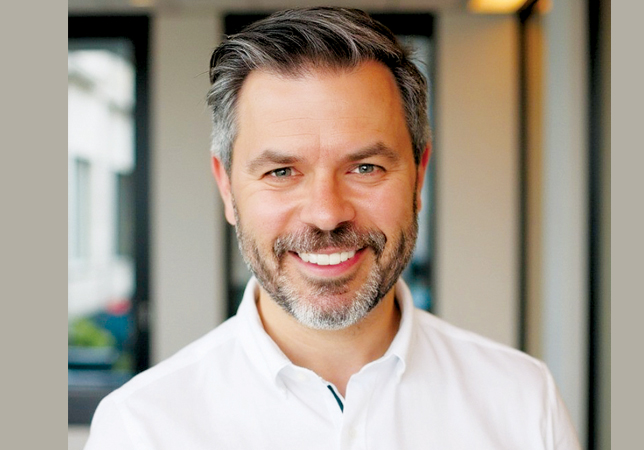
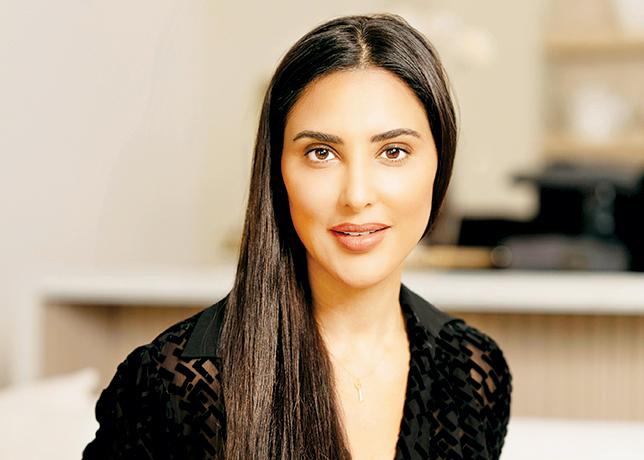

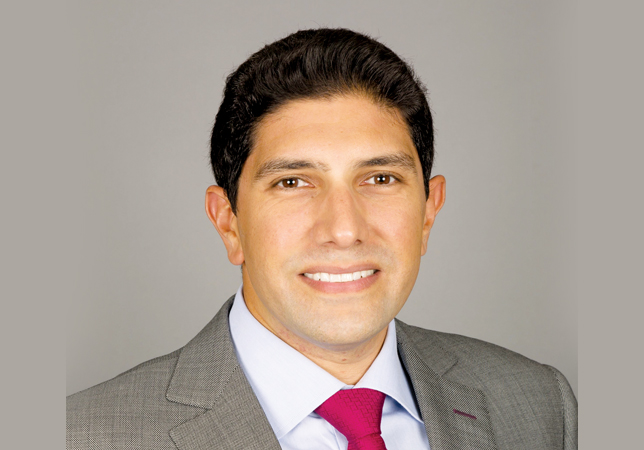



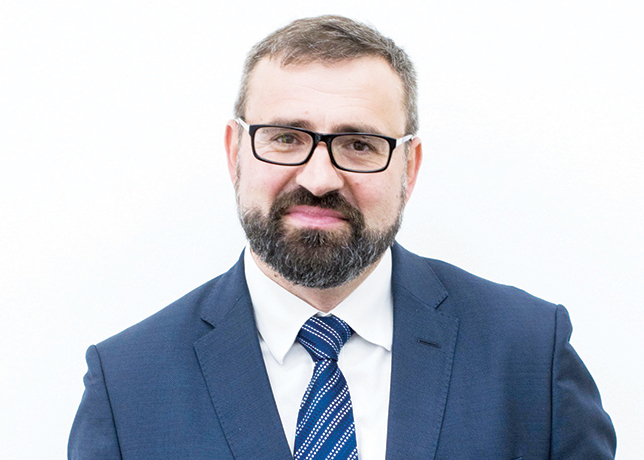
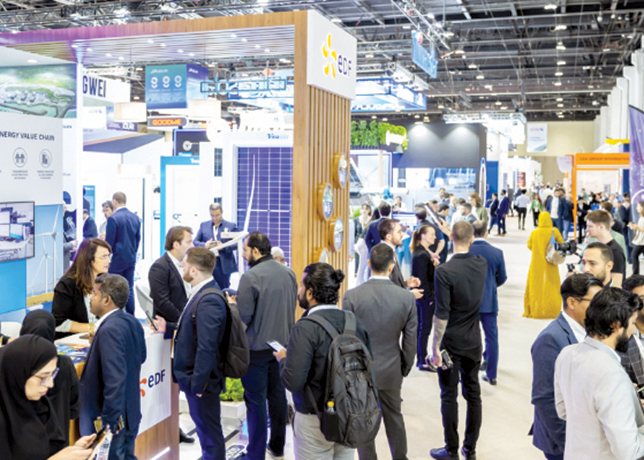
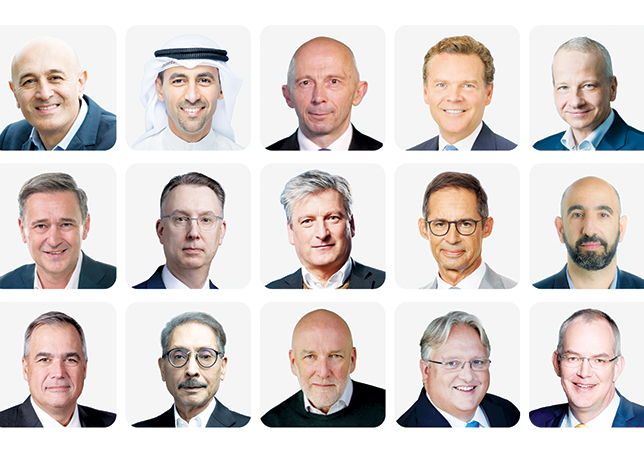
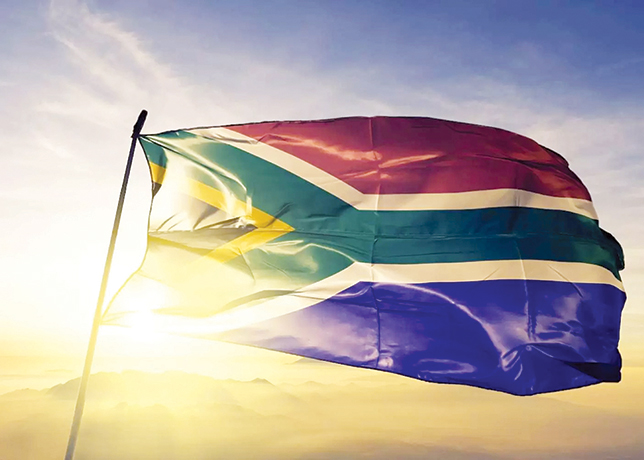

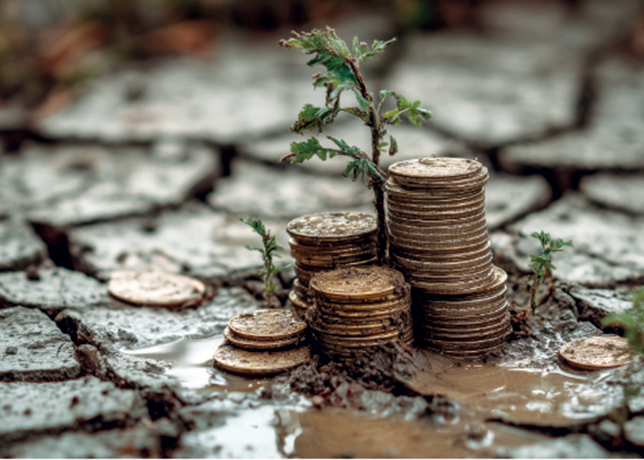

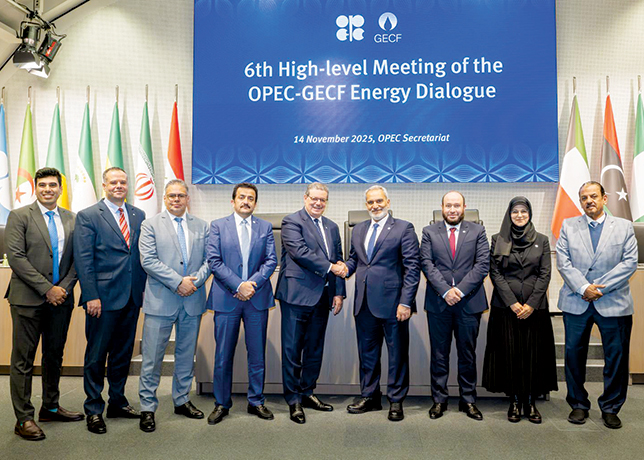
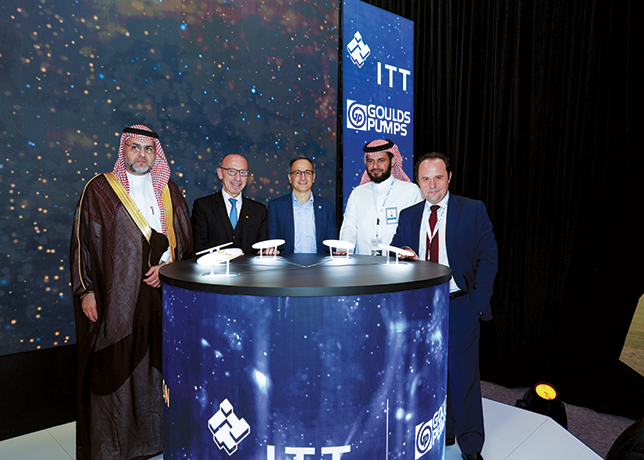


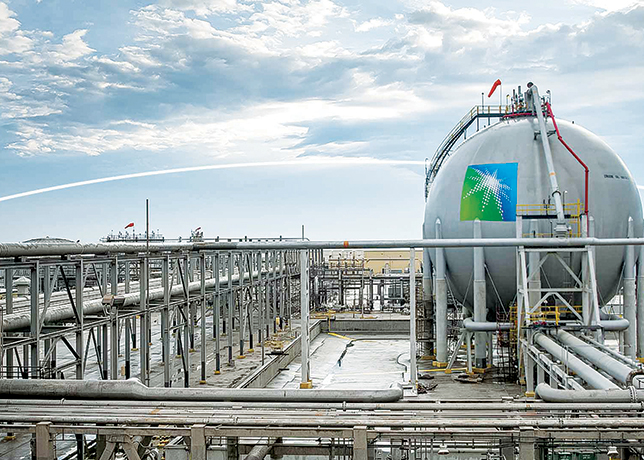

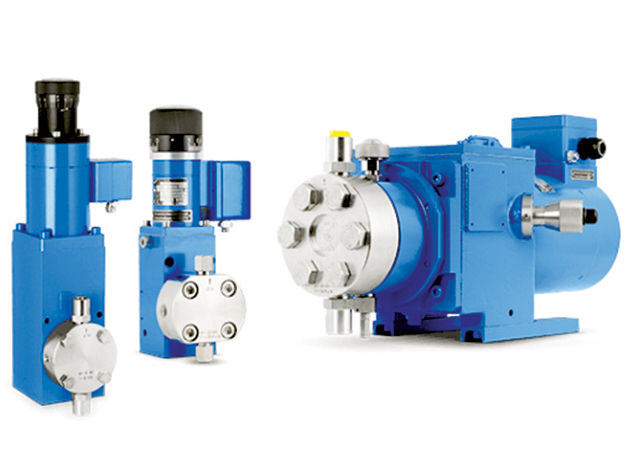
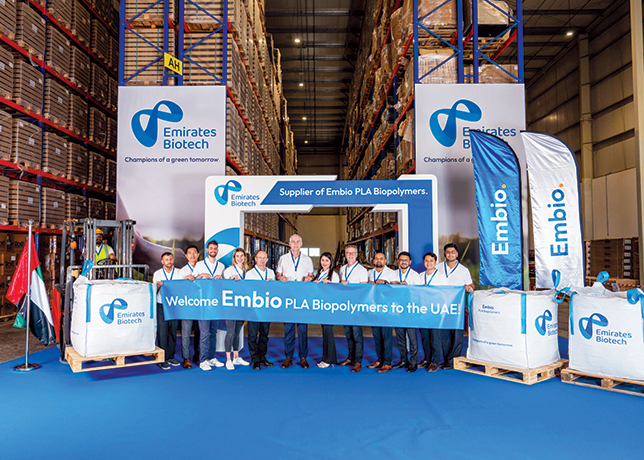




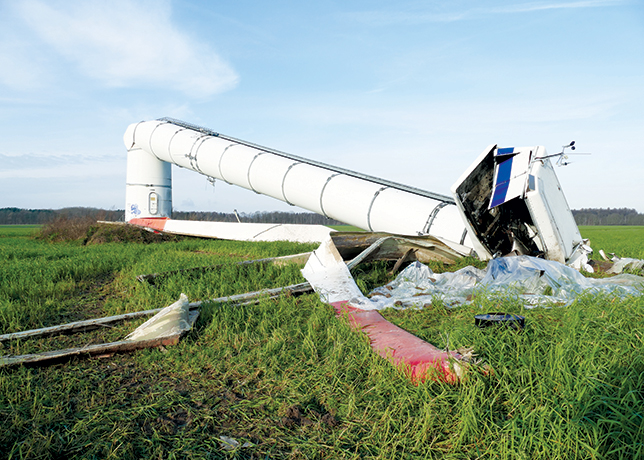
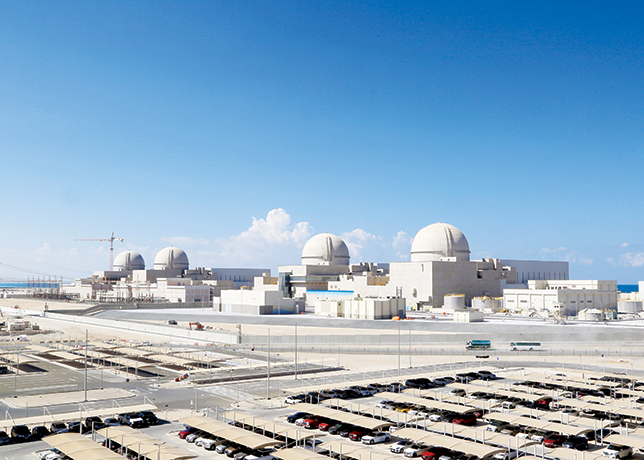
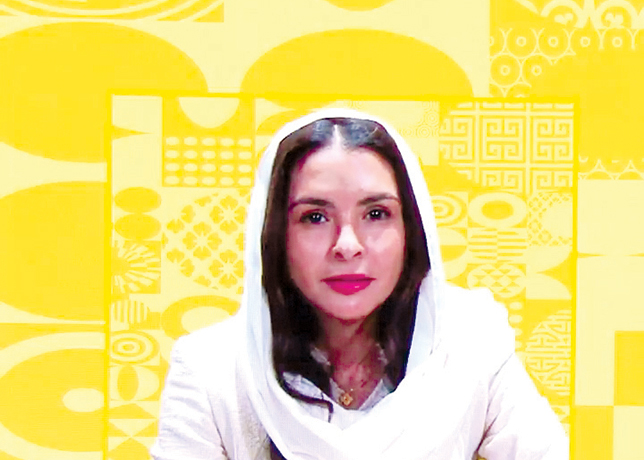
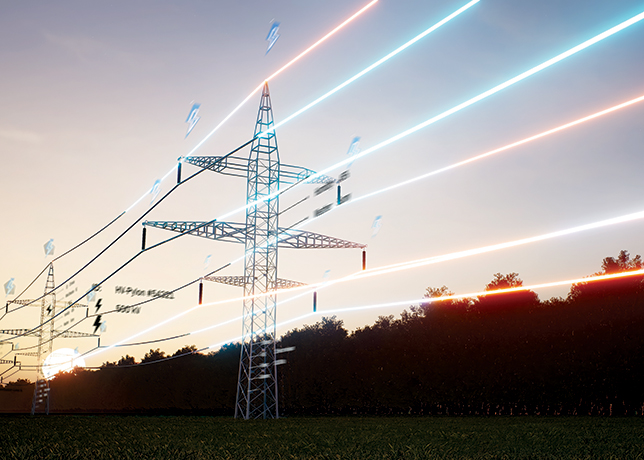
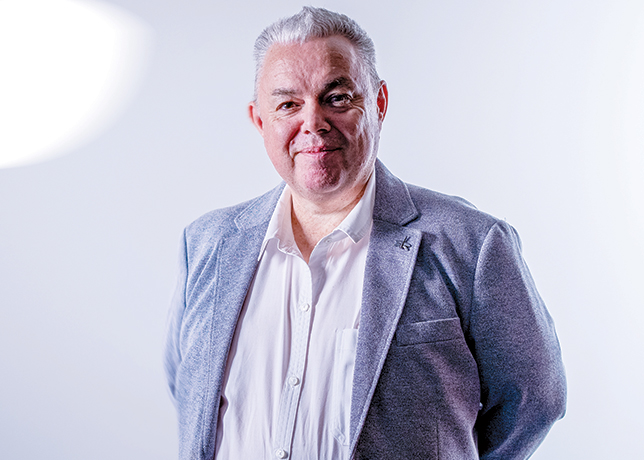


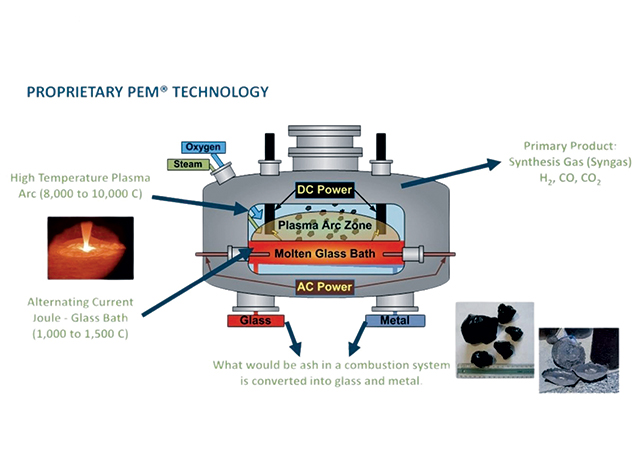
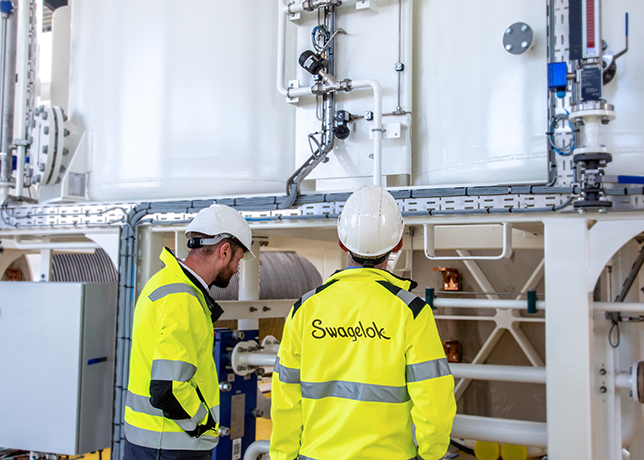
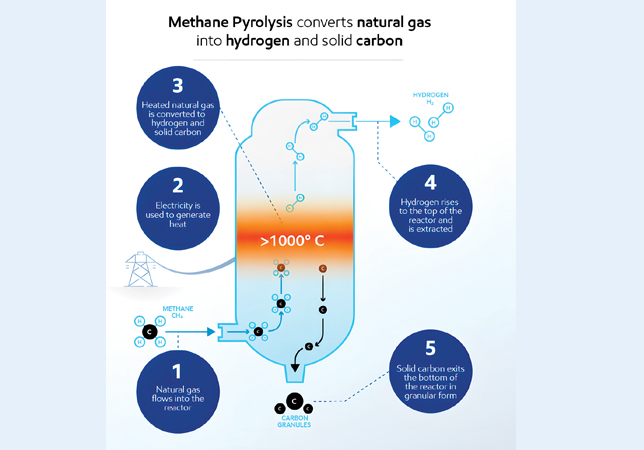
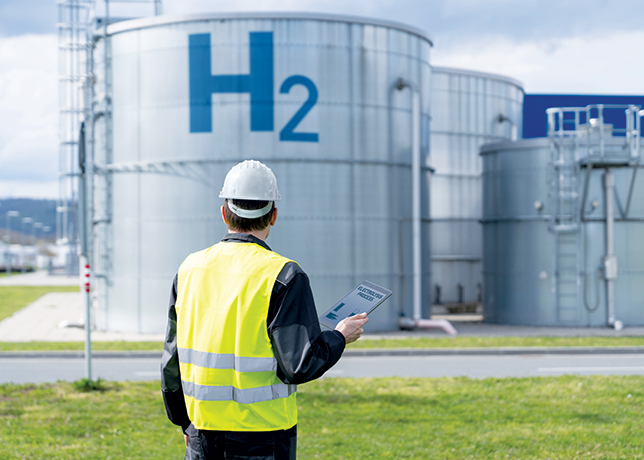
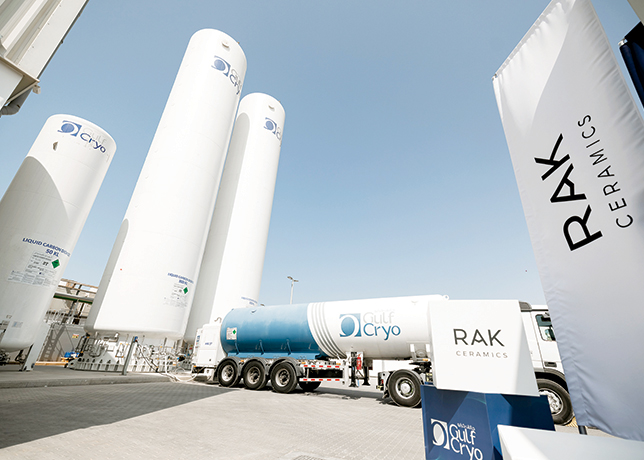
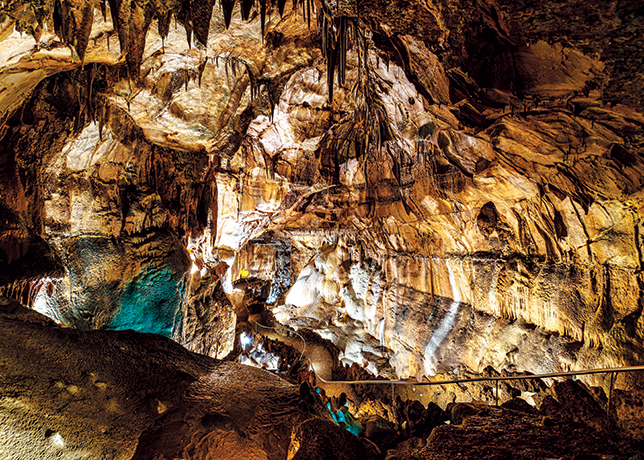

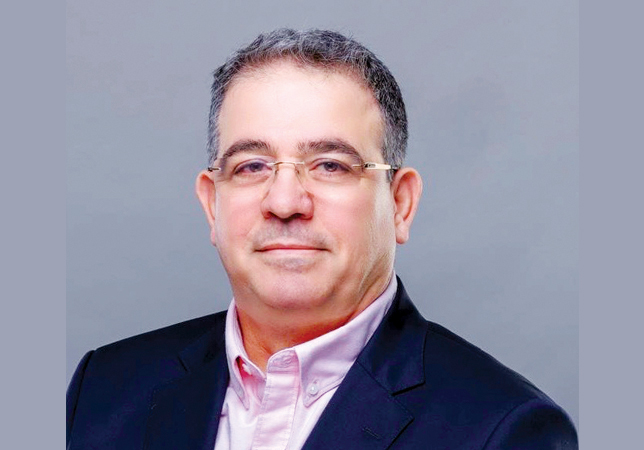
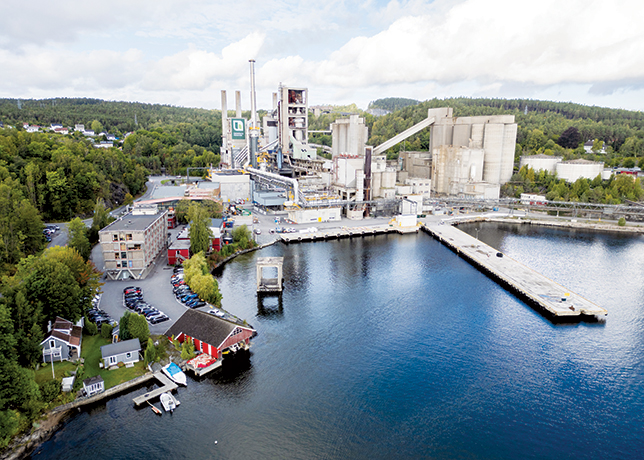

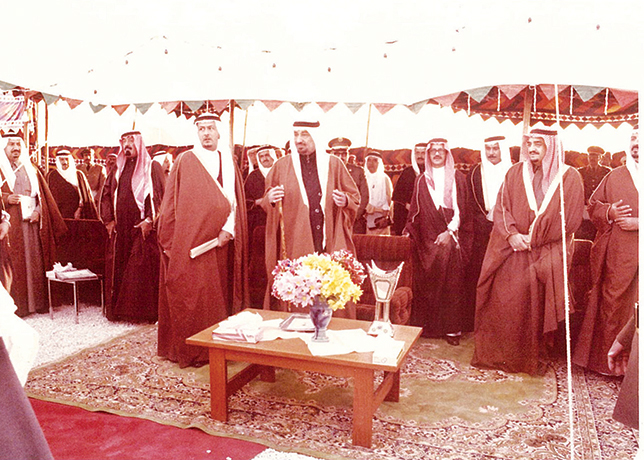

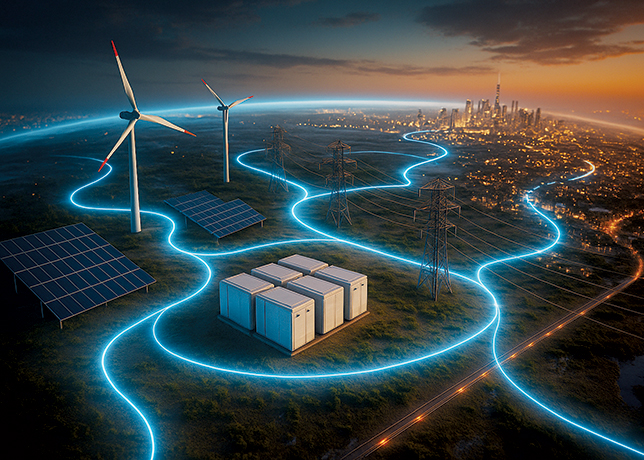

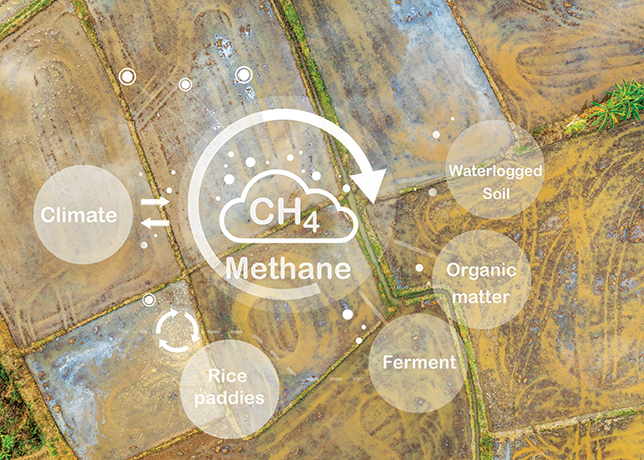
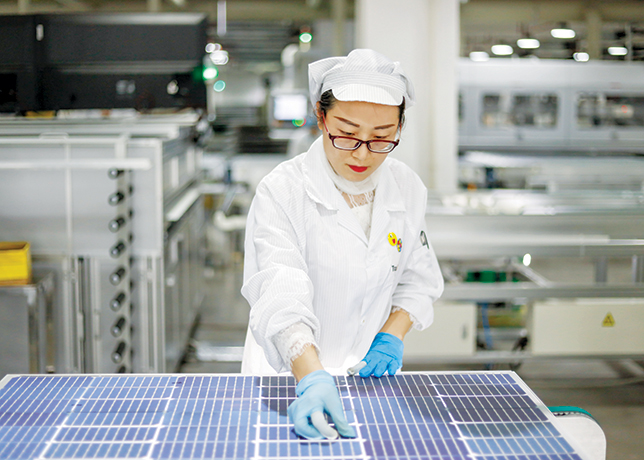






















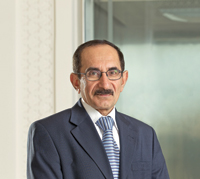
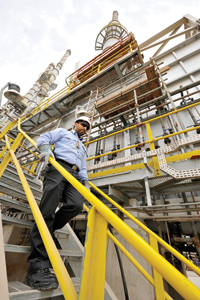
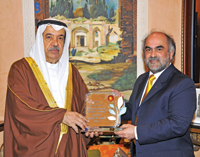

.jpg)
.jpg)
